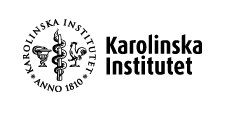|
Mercury in hair
1996-2013
Mercury and its compounds are regarded as particularly hazardous and will be phased out within the framework of the “Swedish environmental quality objectives” for a “non toxic environment”. Despite the fact that mercury deposition has decreased in recent decades, this is not sufficient to prevent the metal from accumulating. In the environment, mercury is transformed to methylmercury (MeHg) which is bioaccumulated in fish. Fish is the major exposure source to MeHg in the general population. Methylmercury has adverse effects particularly on the nervous system during development which makes the foetus particularly sensitive. In order to protect the foetus, the National Food Agency (www.slv.se) has issued dietary advisories for fish consumption for women planning to have children soon or who are pregnant. They are recommended not to eat certain species of lake and marine fish, such as pike, pike-perch, perch, burbot, large halibut and fresh tuna, more than a few times per year in order to avoid increased MeHg exposure.
The MeHg exposure in Swedish pregnant women is in general below those levels that have been associated with effects on the central nervous system and brain development in children. Total mercury in hair, a marker of MeHg exposure, in Swedish first time mothers between the years 1996 and 2013 is presented in Figure 1. The levels of mercury in hair are relatively constant over time, with no clear trend in the exposure, despite a trend of increasing fish consumption during the same period (Figure 2).
|

